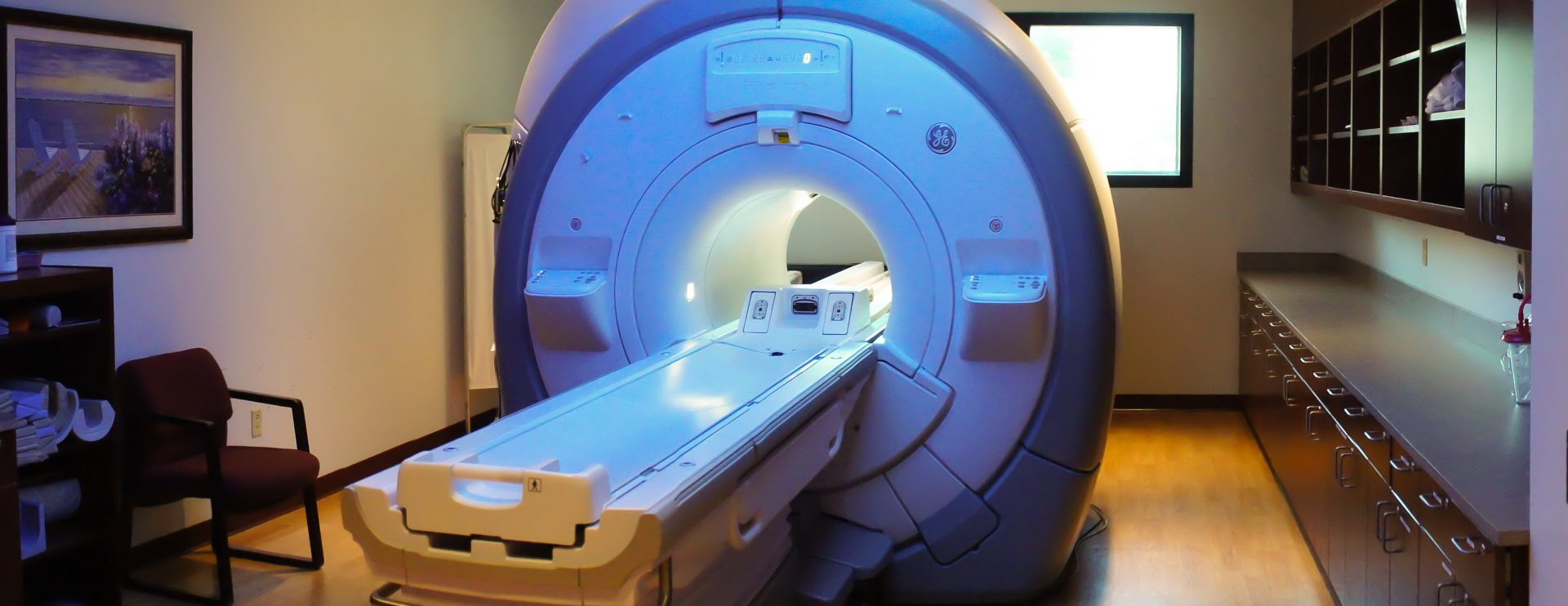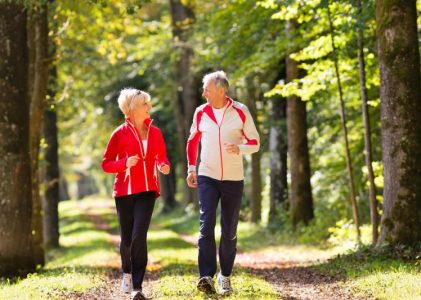With winter in full swing in the northeastern area of New England, we must be extra careful to avoid falls when walking on icy, snow covered ground and to watch out for our older friends and relatives to help them avoid a slip and fall. Traveling for the Holidays can present challenges and dangerous situations for the elderly who are already at a risk for falling. Please be aware of anyone in a fall risk category and offer your assistance whenever possible, you just might save a life.
A broken hip is one of the most serious of injuries caused by falling, as it is difficult to recover from a hip fracture making it impossible for some to live on their own. One in five falls results in a severe injury, such as a traumatic head injury or broken bones. Every year more than 300,000 people over the age of 65 are hospitalized for hip fractures, with 95% of all hip fractures caused by falling, usually falling sideways. This number is expected to increase along with the age of the US population.
Risk Factors That Increase Your Chance of Falling
There are several risk factors that increase your chances of falling, and the more risk factors you have the more likely you are to experience a debilitating fall. Anyone over the age of 65 is in a fall risk category, and should speak with their doctor if experiencing any of the following risk factors to receive managed care by a trained physician.
- Women are more likely to fall and break a hip than men, with women experiencing 75% of all hip fractures. This is because more women have osteoporosis which is a disease that weakens bones making them more susceptible to breaking.
- Weakness in your lower body increases your chance of falling, as this makes it more difficult to support your body weight when standing or walking.
- Difficulties with balance or walking present a high-risk factor for falling, this includes people with vertigo or dizziness which must be managed by a trained physician.
- A Vitamin D Deficiency contributes to a high-risk factor of falling, as Vitamin D helps the body to absorb calcium, and works to slow down bone mineral loss.
- Vision impairments contribute to the risk of falling, as it may be difficult to see objects laying in the way of your foot path, or to judge the distance when coming up or down steps.
- Improperly fitting foot wear and foot pain poses a risk for falling. Please be sure that you or your loved one with any risk factor have properly fitting, orthopedic shoes with a non-slip sole.
- Over the counter and prescription medication use can contribute to one feeling dizzy and unsteady on their feet.
- Hazards in the home such as throw rugs, clutter or uneven steps pose a fall hazard and should immediately be remedied to prevent a fall.
There are many things that you can do to help improve these risk factors to avoid a catastrophic fall. A hip fracture is often the catalyst to a chain of events leading to debilitation and often-times death in the elderly. Becoming bed-ridden and hospitalized drastically increases your chances of developing pneumonia, which is the most common cause of death following a hip fracture.
Prevent Falls and Reduce Your Odds of Hip Fractures
There are many things we can do to prevent falls and reduce the risk of serious injuries such as hip fractures due to falls.
- Speak with your physician – talking to your doctor about your risk factors, review any medications that might make you sleepy including over the counter medicine, get screened for osteoporosis and ask about Vitamin D supplements to maintain a healthy level of Vitamin D.
- Do balance and strengthening exercises – strengthening your lower body with exercises that make your legs stronger is a great way to help prevent falls.
- Have your eyes checked regularly – Have your eyes examined annually to update any prescription for glasses as your vision can change within a year’s time.
- Get fitted for properly fitting orthopedic shoes and see a podiatrist for any lingering foot pain or problems.
- Fall proof your home – remove throw rugs, add grab bars in the bathroom near the tub, shower and toilet, and install railings on both sides of the stairs. Make sure you have bright lighting in your home, and consider using brighter light bulbs.
For more information please visit the National Council on Aging for Fall Prevention tips, news and resources. Be sure use caution when walking outdoors in winter weather or when visiting relatives during the Holidays. Not every home you visit will practice the same fall prevention tips used in your own home, don’t be shy about asking for a cleared path to walk or for help in getting around either outdoors or indoors.
Greater Waterbury Imaging Center cares about your health and safety, and reminds you to talk to your doctor about your fall risk and prevention tips. Remember to use caution in your home and when traveling for any reason. Your safety is our number one concern. Contact us for more information and for all your medical imaging needs.



